Most marketing activities are tedious, time-consuming, and expensive.
You probably dread most of them.
But did you know that you can automate the majority of marketing activities?
If you can automate or streamline something, you should. Never delegate something that can be done on its own.
For each marketing activity you perform, you should ask yourself why you do it and how you can prevent yourself from ever having to do it again.
If you’re spending time delegating processes that can be automated, you’re wasting people’s time. When you waste time, you waste cash.
Efficiency is key to profitability, and marketing automation is just about as efficient as you can get.
Here are seven marketing activities to automate, set, and forget.
But first, here’s exactly why marketing automation is beneficial for increasing production.
Why marketing automation doubles production
Marketing automation helps marketers increase production because it does exactly what its name says: it automates marketing processes.
This helps streamline lead generation, nurturing, scoring, customer retention, ROI measurement, and more without any wasted time.
Marketing automation also helps marketers create a database for all of their marketing data so that segmentation is a breeze. And it serves as a main hub for all customer interactions.
Currently, 67% of marketing leaders are using a marketing automation platform.
And within the next two years, an additional 21% of marketing leaders plan to join them, according to Salesforce’s 2017 “State of Marketing.”
As if those statistics aren’t convincing enough, 79% of top-performing companies use marketing automation tools in some way.
According to Adestra’s 2017 “State of Marketing Automation Benchmarks for Success,” the most important objectives for a marketing automation strategy are:
- Optimizing productivity (43%)
- Increasing marketing ROI (41%)
- Improving campaign management (40%)
- Improving database quality (39%)
- Acquiring more customers (39%)
- Measuring performance (37%)
- Aligning marketing and sales (24%)
One of the easiest (and most beneficial) marketing processes to automate is email. Here’s why.
1. Automate your marketing emails
More than 68% of companies spend a week (or more) on the production of just one email, according to The Litmus 2017 State of Email Report.
The majority of companies produce somewhere between one to five emails at a time. If most marketers send out multiple emails during one month, those weeks can add up quickly.
This means that marketers spend far too much time on each email, leaving less time for other important processes.
That’s where automation comes in: it saves precious time and money.
But that only frees up your time when it comes to typing and sending emails. What about checking them?
2. Filter your inbox so you never miss a client
Most people spend way too much time every day checking their email. I know I do.
I get notification after notification, which is distracting. Then I check my email, thinking I’ve received an important email from a client, only to find that it’s junk mail.
This kills productivity.
But did you know that you can get notifications for just the important emails by automating your inbox?
In Zapier, you can create an automation workflow that will only notify you when specific people email you.
That way, you won’t have to search through junk to check whether or not an important client emailed you back.
It’s simple to set up. Just click “Use this Zap” to begin. Connect your Gmail account to Zapier and choose your work email as the inbox.
The next step is to enter the search string that will trigger the notification process. You can enter several different ones. Like these, for example:
Use direct email addresses from fellow employees, clients, or your boss.
Once you save this workflow, you’ll receive a Slack message whenever an important email comes in. Then, you can turn off regular email notifications from your mail app.
That way, you’ll only spend time on the most important emails from big-ticket clients instead of sifting through hours upon hours of pointless junk emails.
You now know how to automate your inbox and outbox. But what if you need some extra help coming up with emails to automate? I’ve got you covered.
3. “Set and forget” these emails
Most companies automate emails, like confirmation emails sent after a purchase.
But there are some other uncommon emails that you can automate, like welcome emails.
Welcome emails are triggered by a new contact joining your list. Automate a brief welcome email to arrive in their inbox automatically. It could look something like this:
You should also set up an autoresponder. Past research has shown that subscribers are most engaged during the first 48 hours of signing up for an email list.
You can use a tool like Drip or Pinpointe to set up an autoresponder.
Some businesses send just one welcome email, while others send a series of them.
For example, the first email may be a brief welcome message encouraging the contact to head to your website.
The second could be an email detailing information about a signature product. The third might be a discount on that product.
This can be done with the help of an autoresponder that will send emails according to a subscriber’s behavior.
For example, if the first email is opened, the second might be sent the next day.
If it goes unopened, the series stops.
Or vice versa, depending on your series.
Specific interest emails triggered by a consumer’s website activity are another type of email to set and forget.
When a site visitor is interested in a certain product, service, or event on your site, you can send them an email with more information based on their interest.
When a particular link is clicked, you can trigger an email that sends afterward.
For example, if a customer selects items to put in their cart but then clicks off of your website, an email can be sent automatically to that person prompting them to finish shopping.
Holiday emails are another kind of email to automate because they’re triggered by a certain date or season.
Seasonal emails like the one below are among the most popular kinds of emails that businesses send.
Nearly 20 percent of total annual sales are earned in the last months of the year, according to the National Retail Federation.
With automation, you can plan out holiday promotions in advance. Rather than hustling to get a sale email for Fourth of July sent out the day before, you can schedule it out ahead of time.
For example, you could schedule out a Valentine’s Day email to send a week before the big day that pushes one of your products.
You can also plan around some unique holidays that aren’t as obvious, like Bubble Bath Day on January 8th.
Take it beyond the holiday. Automate renewal emails triggered by specific dates for other reasons.
Is your company membership- or subscriber-based?
If so, you should automate emails that will go out once a subscription is almost up. Here’s an example of a renewal email that went out to a customer before a subscription expired:
You can also send out emails once a subscription or free trial has already ended, like this one from ContactMonkey.
Now you know which kinds of email content to automate. But what about other content, like blog posts?
4. Automate content promotion to save time
Content promotion is vital for growing your business.
Nothing compares to great content when it comes to driving new traffic or leads. But having awesome content alone won’t help you.
You’ve got to promote it.
Most marketers use social platforms like Facebook or Twitter to promote their content, which is an easy way to generate more leads. But it takes a ton of time.
In fact, Statista found that the majority of marketers are spending anywhere from one to ten hours per week on social media. And that was way back in 2011.
Coming up with tweets, pins, and Facebook posts is tedious work that doesn’t always end with a perfect ROI.
That’s why you should be automating these processes. With Buffer, you can share content to social media from your blog without ever having to do any heavy lifting.
Here’s how. Start by creating a Zapier account if you don’t already have one.
Then, click on the explore tab and head over to the “Marketers” section.
Next, locate the following automation process, or “Zap” for each platform:
Click “Use This Zap” to get started. Then, link your public blog RSS feed.
You can set up an RSS feed in minutes by checking out this Google tutorial if you’re not sure.
After you plug in your feed URL, head over to the “Action” step.
Just link your social media account, and you’ll be set. The next time a blog goes live on your site, Zapier will trigger this process and craft a tweet instantaneously.
Do this across all of your social channels, and you’ll have tons of time on your hands for other processes.
If you aren’t interested in using an RSS feed, Zapier lets you connect WordPress instead.
You should also be automating the way you monitor Customer Relationship Management (CRM) with advanced routing.
5. Monitor CRM with advanced routing
Azuqua not only provides marketing automation software, but they use it too.
Azuqua lets businesses build custom processes without ever having to code out any complex integrations.
Marketers can use the platform to link their Customer Relationship Management (CRM) software, like Salesforce or Pipedrive, with social media platforms.
You can also use Azuqua to monitor online mentions of your brand. That way, you can follow up with any negative mentions quickly.
If you don’t want to use Azuqua, there are tons of other marketing automation solutions out there that allow advanced CRM routing, like HubSpot.
HubSpot offers a free CRM that helps businesses organize and track customers. According to the company, its CRM “automates the tasks salespeople hate.”
With HubSpot, you can track interactions automatically. It also compiles data about each deal all in one dashboard, so each customer journey is mapped out.
The dashboard allows teams to sort out contracts won or lost, while also keeping their eyes on performance goals.
HubSpot’s CRM tracks calls, emails, and meetings for each specific customer. All while generating personalized paths to purchase.
HubSpot also offers more than just a CRM. Blogging, landing pages, lead management, analytics, email, social media, SEO ads, integrations, and more are available.
Collecting leads is wonderful. But you can save time on lead-flow processes by automating them.
6. Automate your lead-flow processes
Generating leads is hard work. You drove quality traffic to your website and increased conversions.
But what do you do after leads are collected?
Upload them to your CRM? Or add them to an email campaign? Maybe both?
Lead-flow processes are time-consuming. By the time you’ve downloaded, formatted, and uploaded just one list, hours have passed.
That’s why automation is crucial. Time is of the essence when it comes to leads.
Cut down on your time spent on leads with HubSpot or Zapier.
One of the best Zapier integrations allows users to add new sales to a CRM or email platform automatically. That way, there’s no manual work to worry about.
Then, you can focus on more important marketing activities. Connect Zapier with MailChimp, HubSpot, and more. There are tons of integrations available.
Use the Gravity Forms and Constant Contact integration to automate lead-gen processes over to nurturing without ever having to think about it.
The value that you can get out of automating lead flows is huge.
Now imagine the value in automating all of your marketing analytics.
7. Automate all marketing analytics to monitor success
All marketers have to monitor their successes (or losses) and prove ROI.
Automation can provide you with insight into marketing analytics that you just can’t find otherwise.
Nearly all marketing-automation platforms allow integrations with the other platforms you use, like Zapier, Google Analytics, Salesforce, and more.
HubSpot’s Marketing Analytics makes it easy to measure every part of your marketing funnel, from acquisition to close.
That way, you can track the entire customer lifecycle, from anonymous website visitor to paying customer.
You can also break down any report by the contracts in your database (or CRM) to find key trends present in the data collected over time.
Add HubSpot’s event tracking to buttons, links, or purchases to trigger automation workflows or better understand and track your visitor’s behavior.
From there, you can close the loop on your marketing efforts by using the attribution and revenue reporting features to find what contributes to your company’s bottom line.
There isn’t any question about the quantity or quality of the traffic you’re receiving on your site across all pages or on a page-by-page basis.
You can also analyze each page with analytics like views, keywords, and inbound links. That way, there’s no question about which traffic sources are bringing in the most customers.
From there, you can take it even further. Open up each source to see individual contracts or companies that a source is generating.
This helps to determine the value of all traffic sources so that you can focus your campaigns on the ones that are driving results.
For each one of your marketing assets like blog posts, email, social media accounts, websites, landing pages, calls-to-action, and more, you’ll be able to view detailed reports.
Then, use the reports of your competitors to check out exactly how you compare in your industry.
Conclusion
Marketing activities take tons of time and money. Unless you automate them.
Automation is efficient, profitable, and easy. More and more marketers are doing it because it works, and it saves their sanity.
If you want to streamline lead generation, nurturing, and scoring, automate. Want to boost customer retention, ROI, and measurement? Automate.
Need a clean database of all marketing data that’s reliable? Automate.
Start out with marketing emails. Marketers are spending too much time on each email they send out. That’s why you should automate the process.
The same goes for checking email, too. Filter your inbox so that you’ll never miss important emails from clients, rather than having to search through junk to find them.
Set and forget marketing emails like welcome emails, specific interest emails, holiday emails, and renewal emails.
Be sure to use an autoresponder that will send out the right messages at triggered times.
Automate content promotion so that you don’t waste hours crafting social media posts once your latest blog post goes live.
Monitor CRM with advanced routing so that you get the specifics of every customer journey.
Automate lead flow processes, too, so you aren’t wasting hours downloading, formatting, and uploading lists.
Last but not least, try to automate all marketing analytics so that you can monitor your success correctly.
No one wants to spend weeks creating reports on complicated metrics like ROI, and no one should. Automated analytics can help ensure that you don’t make a costly mistake.
Which marketing activities do you currently automate to make the biggest impact on your marketing strategy?

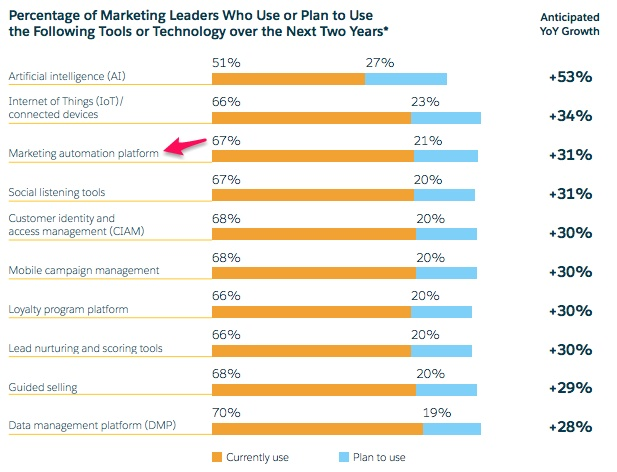
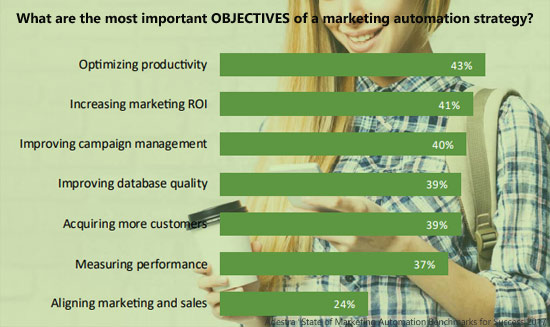
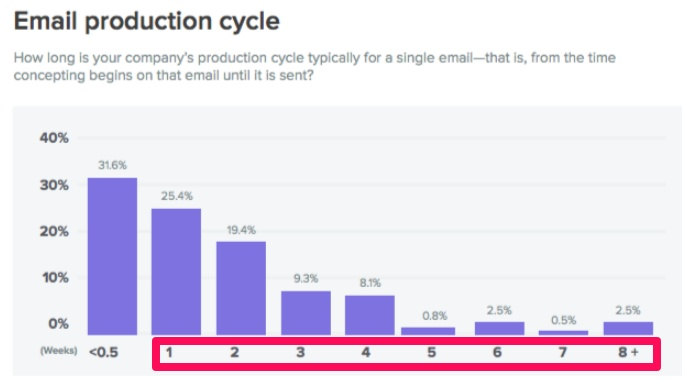
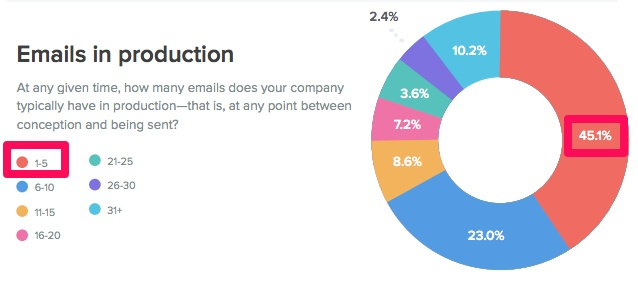

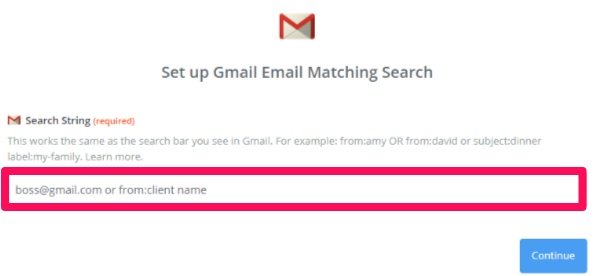


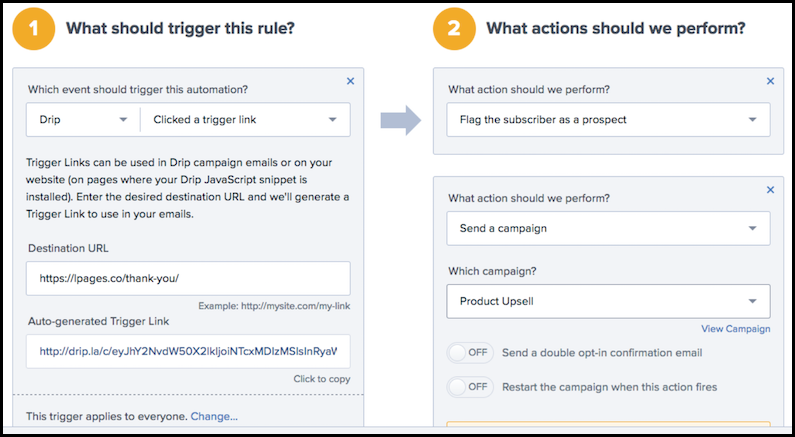
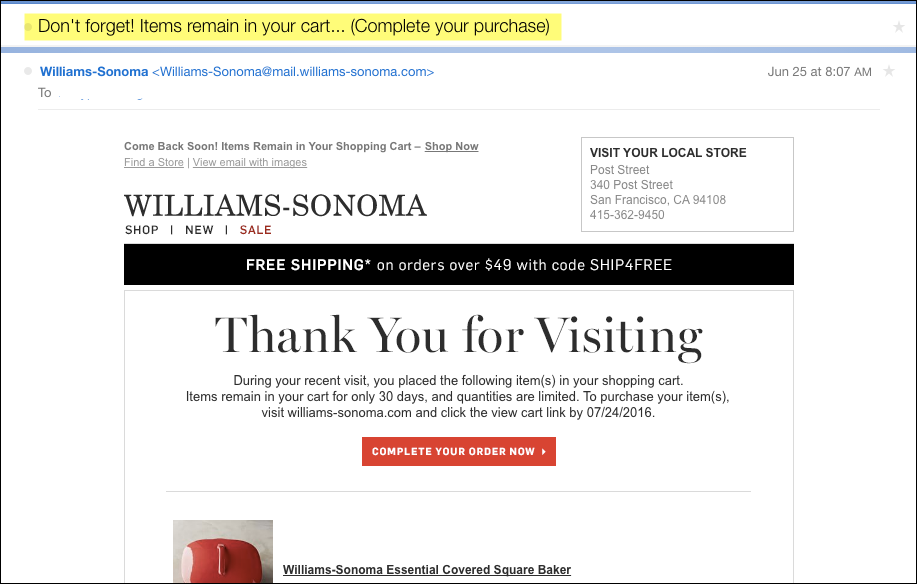
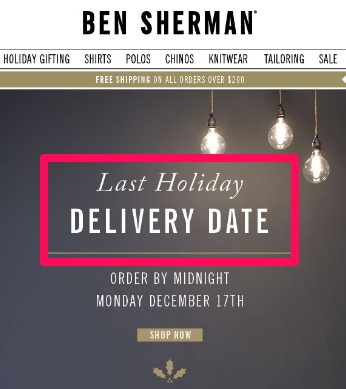


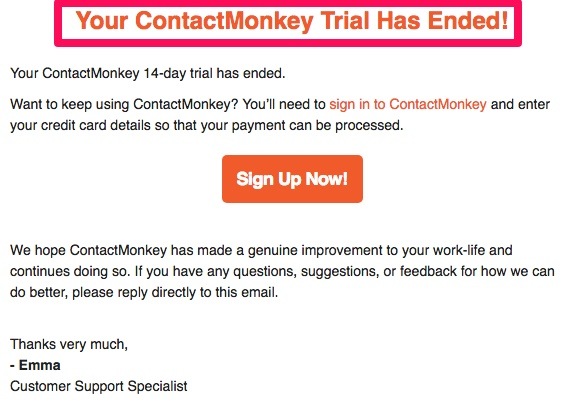

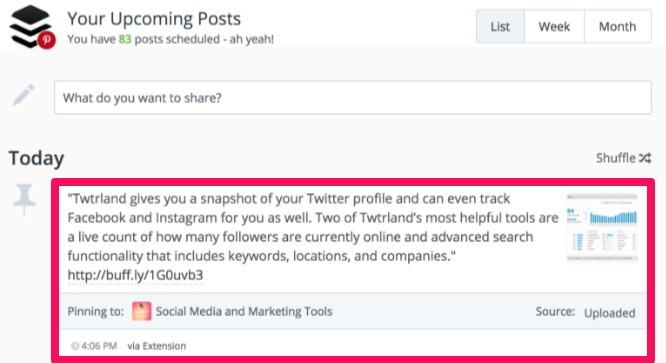
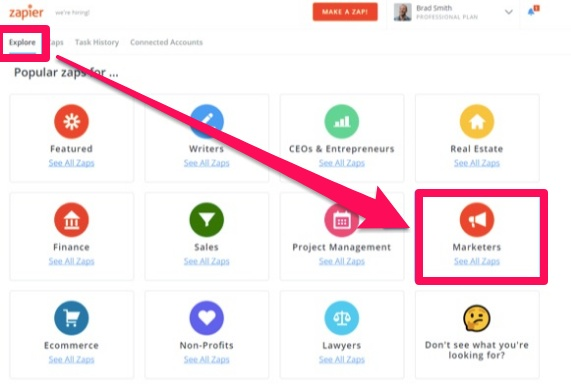
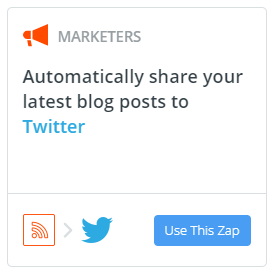

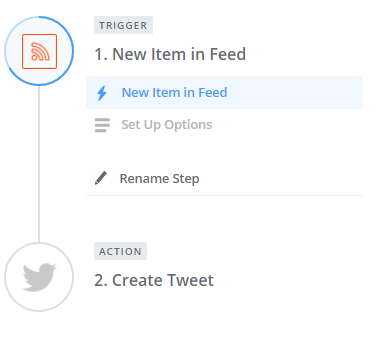

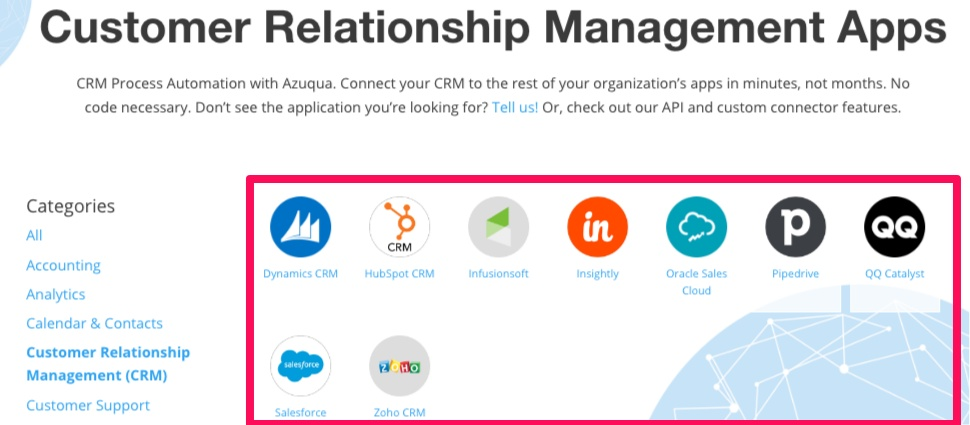
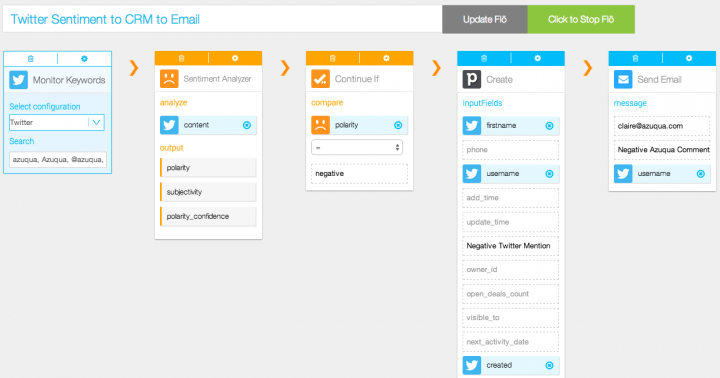
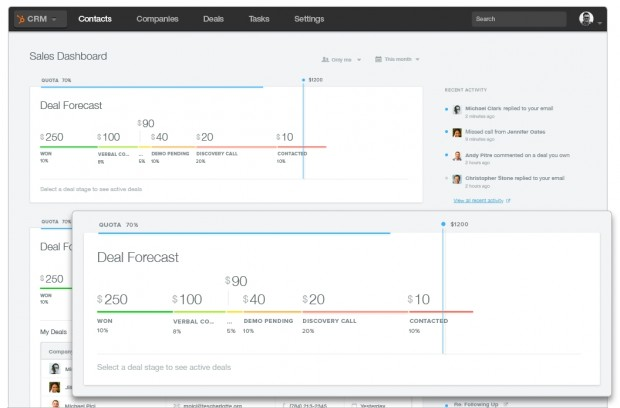
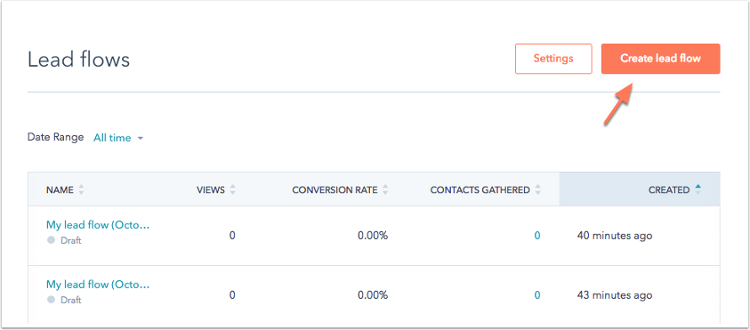

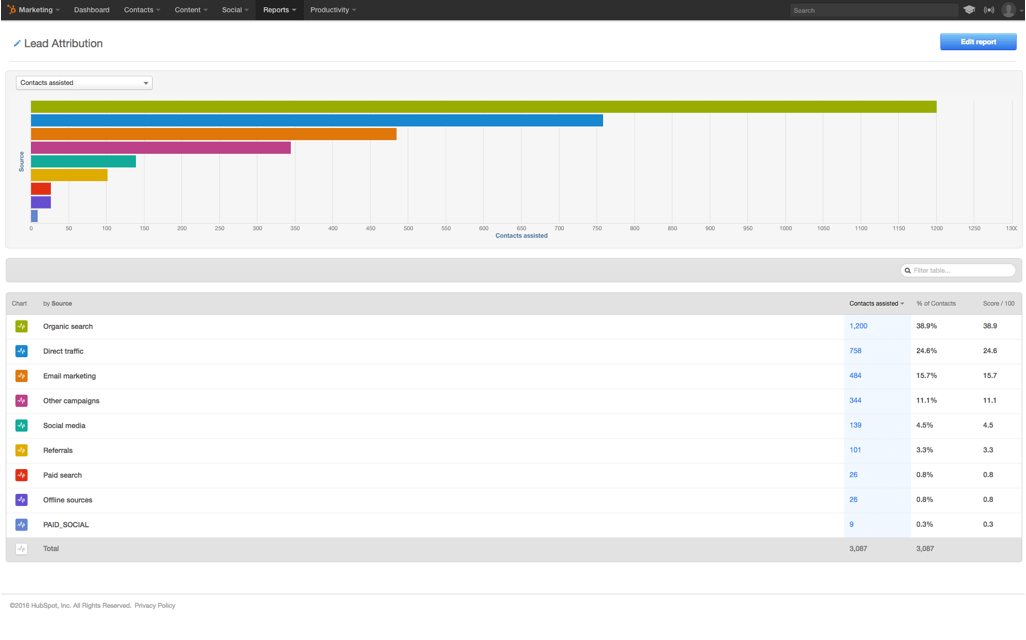
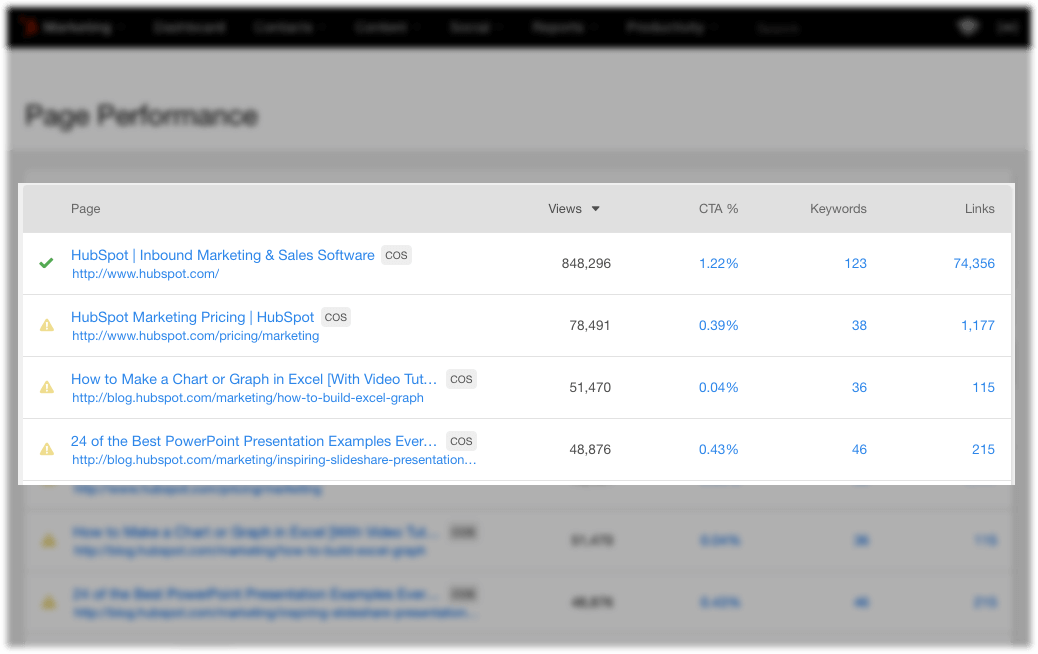
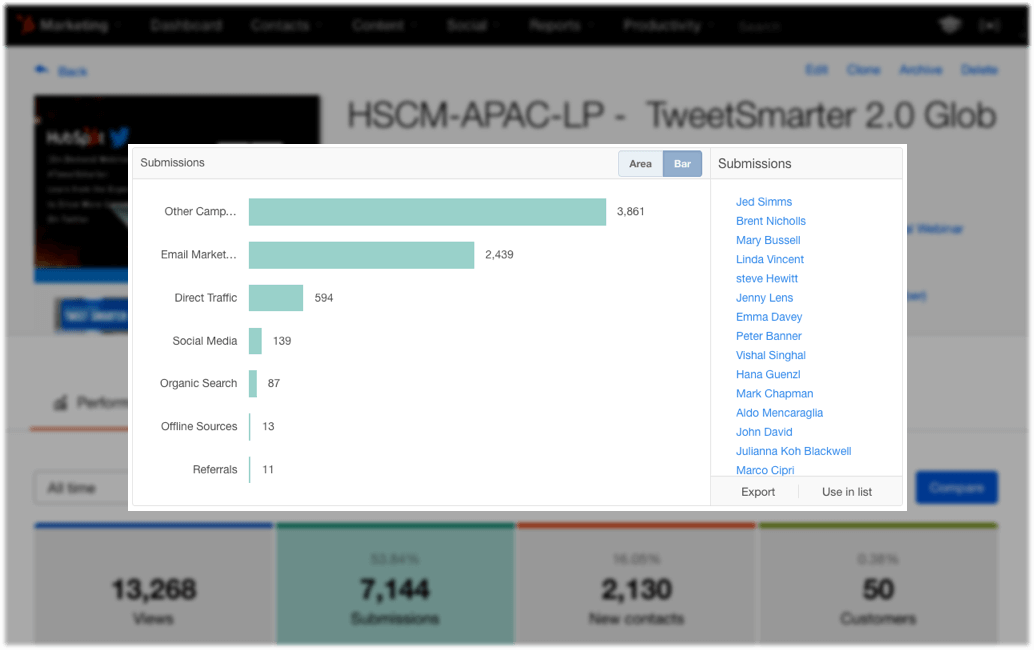
Comments (32)